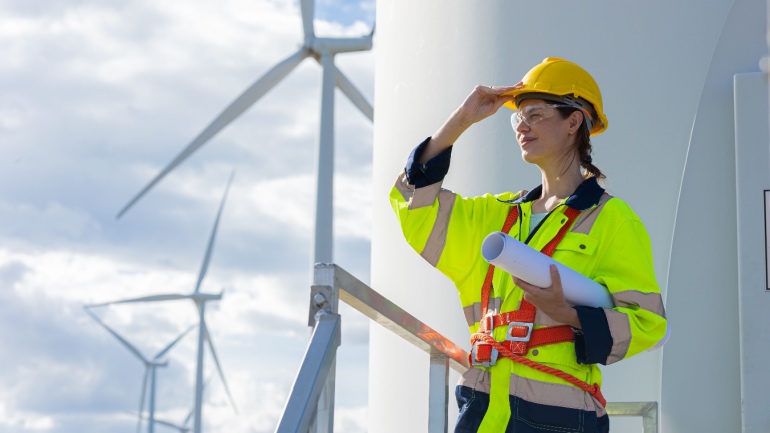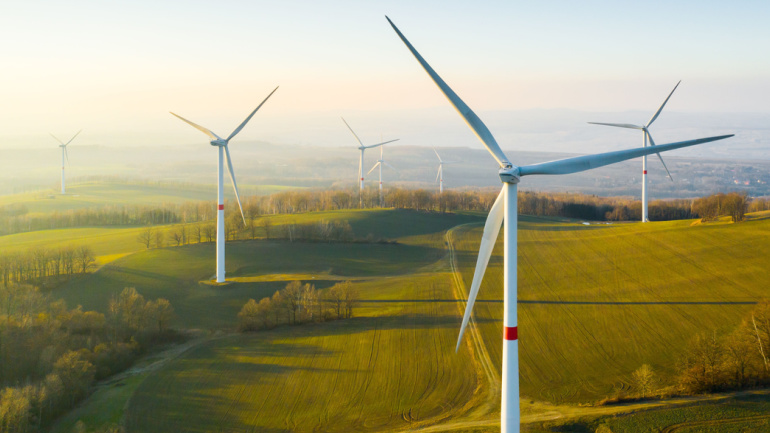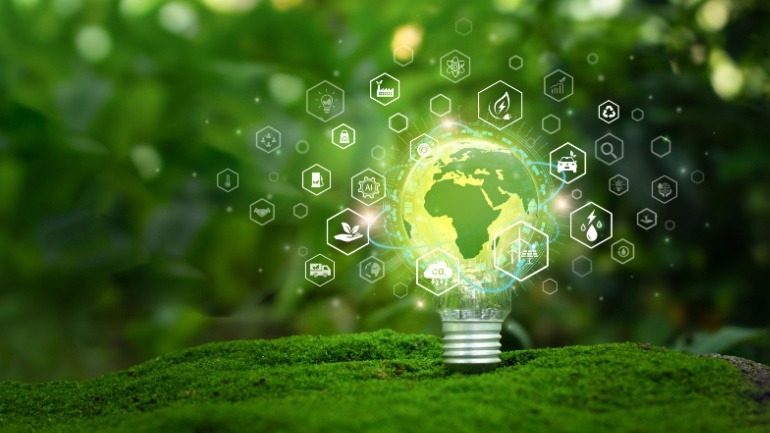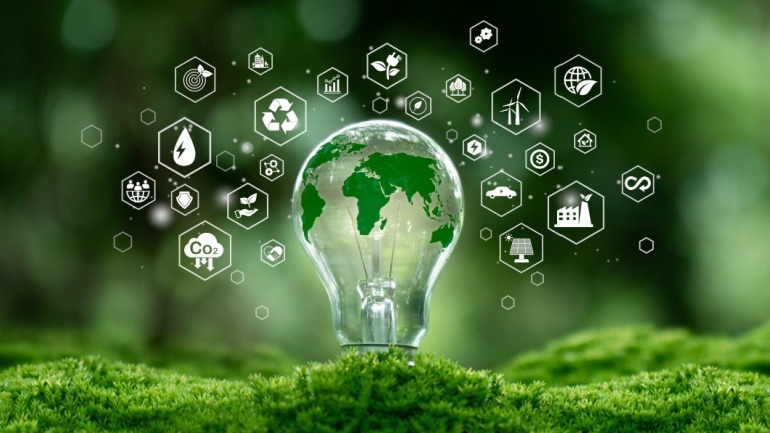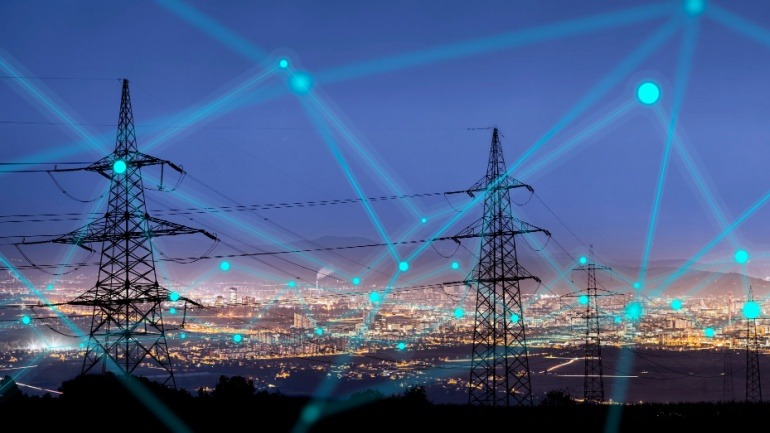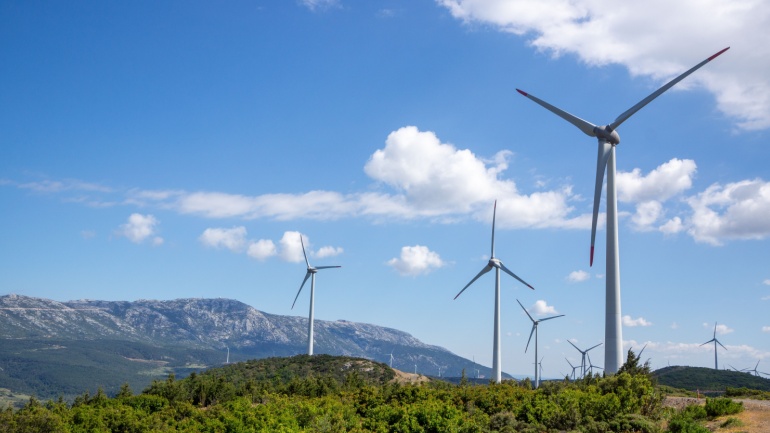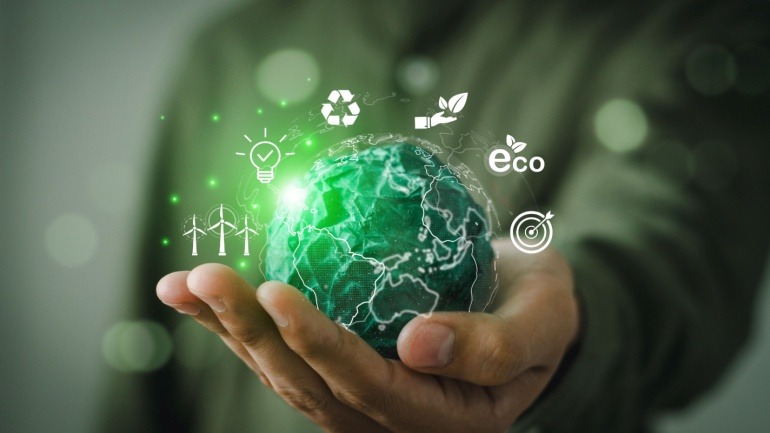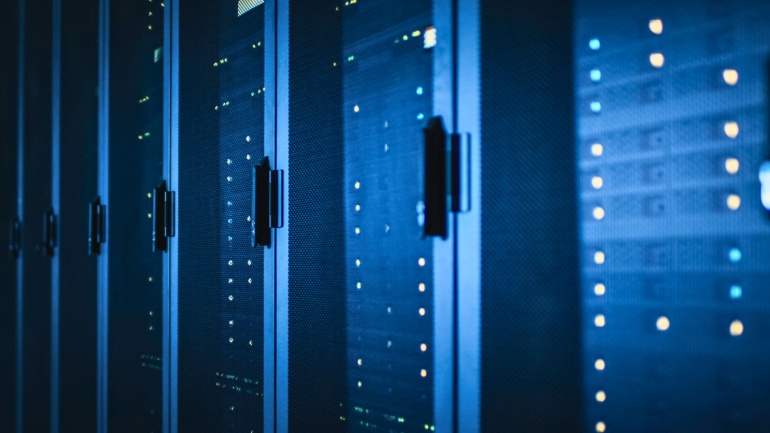Amazon has achieved its 100% renewable energy goal seven years ahead of schedule, powering all its operations with sustainable energy. Recognized by Bloomberg NEF as the largest corporate buyer of renewable energy, Amazon has invested in over 500 solar and wind projects worldwide. This commitment significantly advances global sustainability initiatives.
In a landmark agreement, Microsoft and Brookfield, an asset management company, have announced a renewable energy deal valued at an estimated $10 billion. Under this partnership, Microsoft will invest in energy projects developed by Brookfield and its renewable energy subsidiary.
In a groundbreaking arrangement, Telenor and Statkraft are set to secure 85 GWh/year of renewable energy for Telenor’s Finnish branch, DNA. This power deal will utilise energy from Statkraft’s upcoming wind farm project, fortifying Telenor’s quest for sustainable power. The implications of this pact spark debate on the urgency of renewable energy adoption in the telecom industry.
Nokia’s Enscryb platform is set to revolutionize the energy sector by leveraging digital twin technology. Through partnerships with energy leaders like NODES and Smartecon, Enscryb enhances energy flexibility, integrates renewable data, and supports sustainability goals.
The United Kingdom’s AI Energy Council is harmonizing clean energy with AI infrastructure. Key players like Microsoft and AWS aim to ensure sustainable power for data centers and AI facilities. This initiative aligns AI growth with renewable energy sources, enhancing the U.K.’s computing power and economic development.
Vodafone and SP Energy Networks have partnered to modernize telecoms infrastructure across Scotland’s power grid, upgrading connectivity at 19,500 substations. The project aims to boost grid reliability, speed up fault response, and support renewable energy integration—delivering a smarter, more resilient electricity network.
Nokia has partnered with TenneT to deliver optical networking for eight 2GW platforms in the Dutch North Sea, supporting renewable energy transmission. Using its 1830 PSS DWDM technology, Nokia will enable efficient data and energy flow, ensuring offshore wind energy reaches millions of homes across Europe.
The escalating energy consumption by data centers poses critical challenges, with cooling systems driving immense power usage. As data centers expand, particularly to support emerging technologies like generative AI, power demands are mushrooming.
BT’s innovative mobile site in Shropshire exemplifies the future of sustainable connectivity by utilizing solar panels and a wind turbine, generating 70% renewable energy. This eco-friendly approach promises economic benefits and highlights BT’s commitment to reducing its carbon footprint.
Google’s plans to establish a large data centre in Dublin were recently thwarted by the South Dublin County Council, citing energy consumption and environmental impact concerns. The data centre, expected to operate by 2027, faced issues over the strain on the national power grid and insufficient on-site renewable energy, sparking a broader debate about sustainable digital growth.



